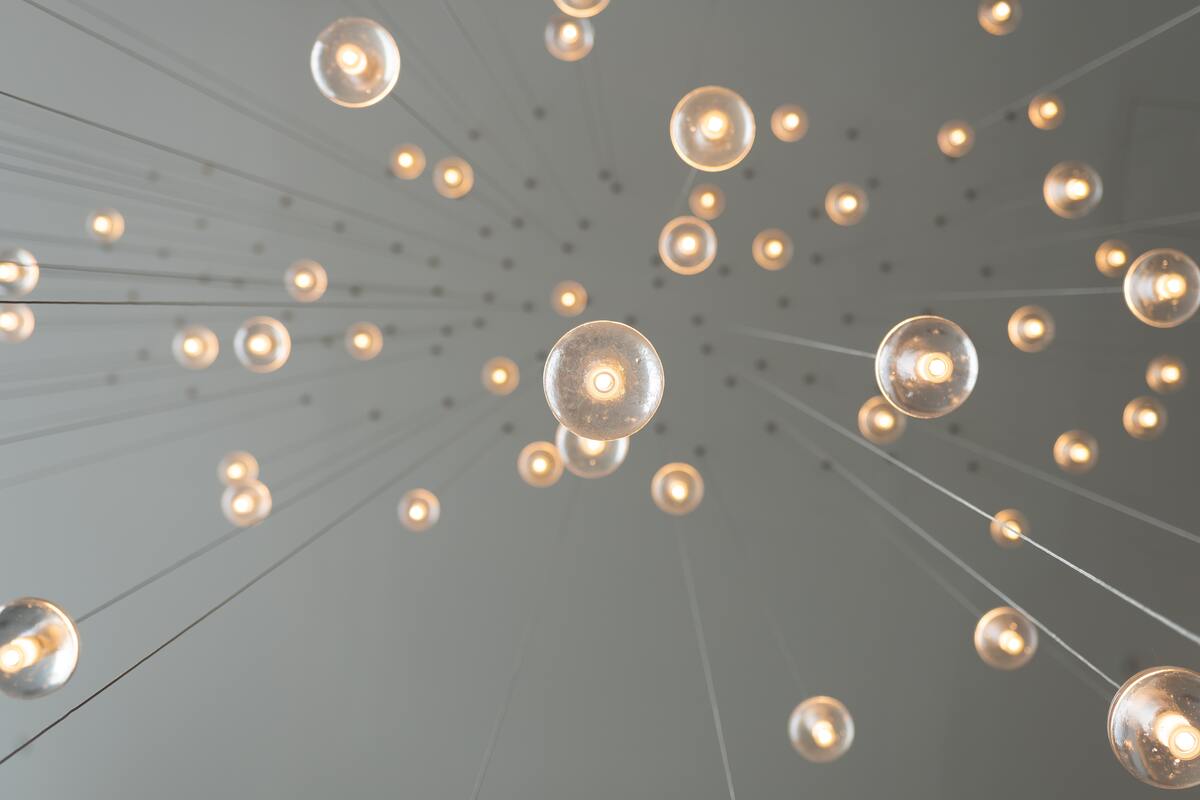Both money and marketing understanding is required. But what about a piece written by knowledgeable UI/UX designers and illustrators that offers you a thought? Mascot. See how it functions in the corporate world!
Mascot And Its Goals
What the mascot should accomplish for your business:
- Create a connection between users and the brand or business.
Your brand becomes more identifiable when it has a personality. A branded persona is simple to get in touch with and to entertain to follow on social media. It enhances the company’s reputation.
- Stimulates the urge to purchase a good or service.
Some businesses want to draw in a family market and engage kids with good morals. The mascot will benefit from this.
- Cultivate patron loyalty.
Loyal clients only quickly migrate to another brand despite the cheaper cost. They would rather spend more money to get the well-known and adored product’s desired level of excellence. Such a strong emotional connection to the business will aid in developing a brand personality.
- Simplifies challenging maintenance.
Your business persona will be able to explain to your customers how to use the goods or services. He makes people laugh while explaining important concepts to your clients.
- Permit you to employ a first-person sales approach.
Mascot offers the chance to discuss the product face-to-face, which encourages buyer confidence. You might develop a corporate persona before moving on to your objectives.
Types Of Mascots:
The mascots are split into the following categories based on the type of visualization:
- 2D
- 3D
- Realistic Persona
Separate also according to nature:
- Human
- Object
- Animal
Any mascot can be animated and utilized in advertisements, on social media, and at various events. We have selected a caricature of an animal for our brand. The most frequently used character type in designs is this one. It decided to provide us with a pleasant and friendly figure. It is pleasant and witty and always sits on the couch. He leads a typical programmer’s lifestyle, working nights and weekends in addition to having a good time and appreciating life. Due to his involvement with the brand, the figure has many pictures. In addition to being seamlessly integrated into the corporate identity system, it aesthetically reflects and supports the brand’s objective. We utilized our distinct hues (grey color of the style and orange for emphasis).

Some Examples Of Successful Mascots Are:
The clown Ronald McDonald is among the most recognizable figures. In 1940, the first McDonald’s restaurant debuted. However, when Ronald’s clown started to be utilized as a talisman, it started to receive fame and appeal. Forrest Mars created M&M’s dragées in 1940. There were both highs and lows. But the rebranding was followed by genuine success. Susan Cradle personified the straightforward and successful concept of revitalizing dragées. M&M’s experienced great success and acclaim after this point. Before developing our mascot, we thoroughly examined major corporations’ success stories and brand personalities. We have developed a popular persona representing our company at different events and advertising on social media. Our stickers are used with pleasure in Telegram and Viber by users.
Design Of Mascot Step By Step:
It might apply to every business. Another way to describe it would be as being repetitive and uninteresting. Because of this, it’s critical to go beyond simple sketching. Before design occurs, a lot of work is done by designers! This long endeavor aims to find the secret to an excellent marketing choice. Let’s examine how this essential component of any business success is produced.
Examine Your Business In Light Of The Following Factors:
Analyze your company by the following criteria:
- Level, fashion, and image of the business.
- What market segment he fills, how much he works there, and what are his accomplishments?
- The variety of items or services the business provides makes it distinct from competitors.
- Location and intended audience
- Features and techniques for fostering the expansion of client loyalty.
- Advertising campaigns, business, and product/service promotion.
- Advantages of the company.
- Respectively, flaws.
It will allow you to assess your position within the market, the niche you fill, and the direction you are headed to create new action plans. You’ll be able to establish your market position and formulate an action plan with this method.
Colors And Their Importance:
Today’s highly competitive markets depend heavily on brand awareness to attract customers.
There are a few important guidelines to remember while picking a color:
- The colors used for the goods and the business should reflect their target markets. Choosing a mascot in red or yellow if you manufacture Eco-friendly products will seem odd. What memories will your customer associate it with? You will lose brand awareness at first because it won’t be connected to your business. Second, it will make your customers feel the wrong way and won’t give them a reason to trust you.
- Must be connected to the business and the consumer-offered goods. For instance, if you have a football team, you shouldn’t pick green for your mascot since it isn’t connected with winning, and blue is a horrible choice because it symbolizes serenity. Red is a better option in this scenario since it will highlight tenacity and success.
- Do not “overdo it” with the number of colors. If you have, for example, a serious company and to create a mascot, you decide to use all the colors you like. In this case, you will lose your solidity. It is better to use one or two colors (usually the brand’s) and a few pastel colors to support the composition.
Our distinctive colors—grey and orange—were produced by vibration. What do they stand for? We have decried the color orange, which is cheerful and displeasing to customers and produces favorable feelings. It is inherently neutral and has a delicate appeal, especially with vibrant hues. Gray is a calming and brilliant color that promotes calmness. Its universality and conservatism allow it to be used in almost any effort to bring about concision and refinement. This color denotes that we are stable, confident, successful, and energized for fresh challenges. Gray represents formality and professionalism; therefore, let’s talk about that. Because the character is so adorable, we softened the official of this color to match. But the subconscious message that we are professionals is still present.

The Sketch Stage:
After you’ve evaluated your strategy and marketing plan, chosen a character, and thought about how your mascot would interact with the merchandise, you can move on to the direct creation phase. The mascot’s past, character, and current behavior must all be considered. Consider its exterior aspects as the following step. The sketch stage’s stage of movement and dynamics is crucial. Consider how your character would behave and whether you will be able to engage in activities, interact with the product, or respond to it.
How To Create A Successful Character?
It is recommended to start with basic forms. A straightforward skeleton is growing, and so do the sculptors. You may find the ideal angle and shape using this method. Any designer or artist will be happy to discuss their biggest error if you ask them about it upfront. So, begin with basic forms.
Variability:
Don’t focus on a particular image while creating a brand character. To make it simpler to select the most effective, try to generate a few possibilities. One of my lecturers advised me to sketch whatever I had visualized. When we realize our plan might not be as effective as we initially believed. The absurdist notion is the greatest. Additionally, you might enjoy one item from one character and another from another. Variability aids in hitting the target with more accuracy.
Proportions:
Be mindful of the body’s proportions while developing branded characters. Animators frequently employ this method. You can tell a character’s personality just by looking at him because of how his body is shaped. For instance, a bold, strong person would have prominent shoulders, a long lower torso, and a jutting chin. The child will have a pleasant hero with nice proportions: big eyes that practically cover the entire face, a small mouth, and a nose. A nerd typically has tiny limbs, a large head, and spectacles. The cartoon character has a short stature. Consumers will understand your persona accurately thanks to this tactic.

Silhouette:
Please take great note of your character’s silhouette. It ought to be obvious. Do a small experiment by painting your character in the color black. Can you recognize the mascot and tell it apart from the others from the silhouette? Do the same with well-known personalities for effectiveness. The Nesquik Bunny, Duracell Rabbit, and Mickey Mouse are all immediately identifiable, even in this form.
Unusual Details:
Consider the specifics now that you’ve considered all the earlier aspects. Provide unusual or intriguing elements to make your mascot stand out. For instance, one of the most well-known figures among American students is Ronald, a McDonald’s brand persona. It stands out from other clowns because of well-considered elements like the striped T-shirt, the overalls with the restaurant brand, and the distinctive wig.
Designing The Mascot:
- Research
- Concepts
- Drawing a drought
- Vectored linear drawing
- Color and motion
- Product interactivity.



